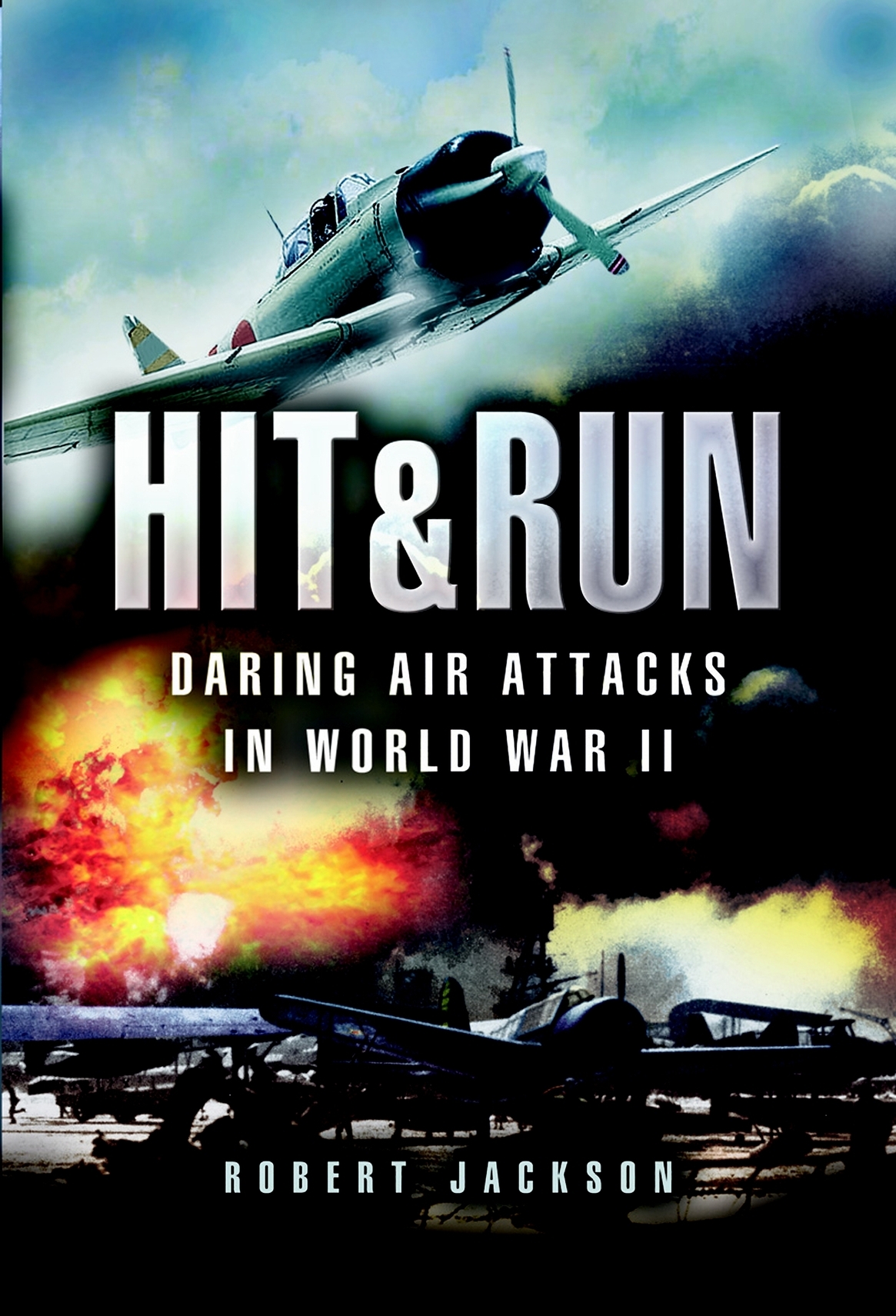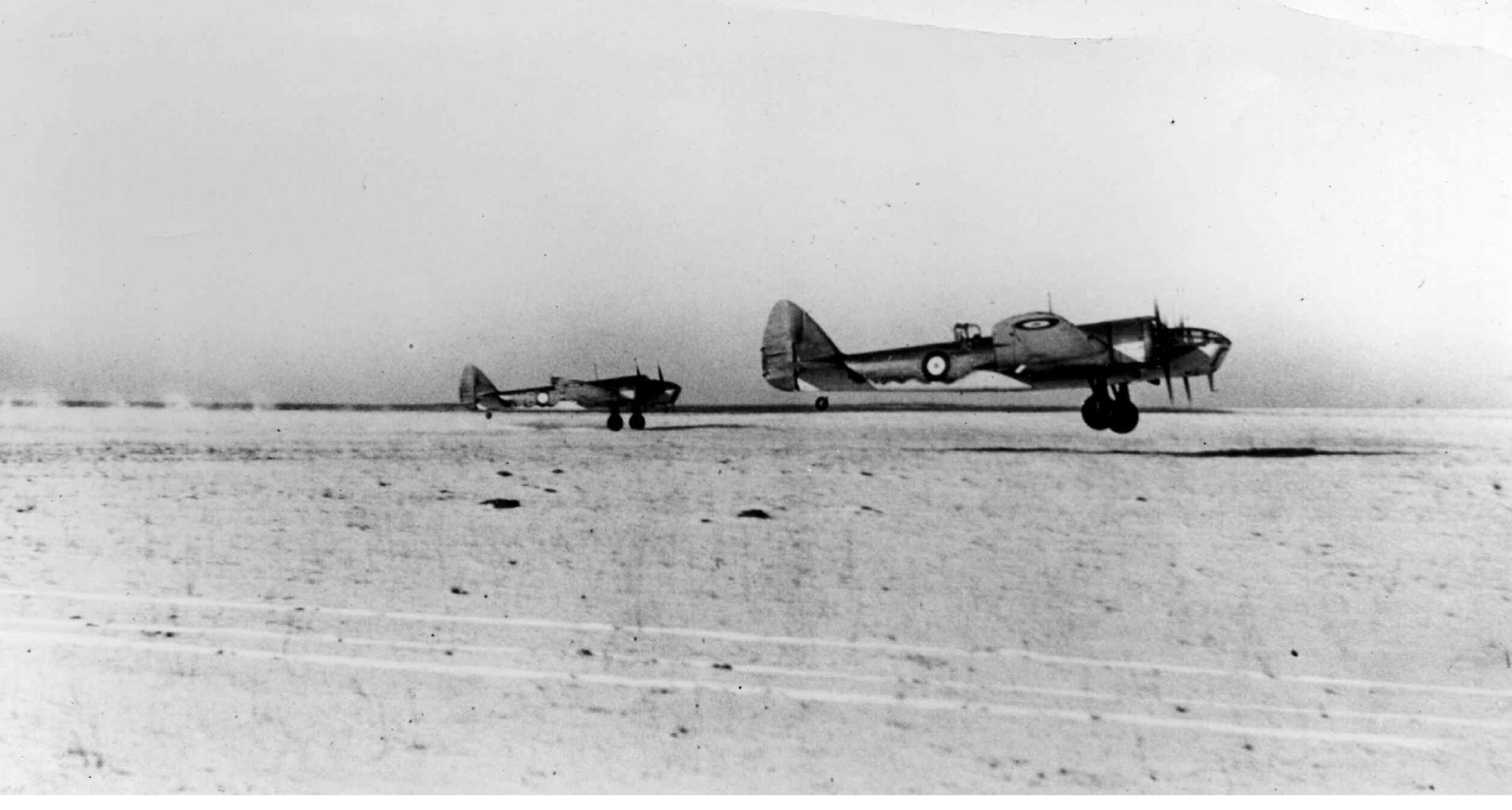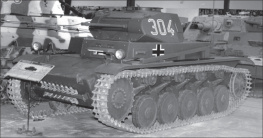Robert Jackson - Hit & Run
Here you can read online Robert Jackson - Hit & Run full text of the book (entire story) in english for free. Download pdf and epub, get meaning, cover and reviews about this ebook. year: 2013, publisher: Pen and Sword, genre: Non-fiction. Description of the work, (preface) as well as reviews are available. Best literature library LitArk.com created for fans of good reading and offers a wide selection of genres:
Romance novel
Science fiction
Adventure
Detective
Science
History
Home and family
Prose
Art
Politics
Computer
Non-fiction
Religion
Business
Children
Humor
Choose a favorite category and find really read worthwhile books. Enjoy immersion in the world of imagination, feel the emotions of the characters or learn something new for yourself, make an fascinating discovery.
- Book:Hit & Run
- Author:
- Publisher:Pen and Sword
- Genre:
- Year:2013
- Rating:4 / 5
- Favourites:Add to favourites
- Your mark:
- 80
- 1
- 2
- 3
- 4
- 5
Hit & Run: summary, description and annotation
We offer to read an annotation, description, summary or preface (depends on what the author of the book "Hit & Run" wrote himself). If you haven't found the necessary information about the book — write in the comments, we will try to find it.
Hit & Run — read online for free the complete book (whole text) full work
Below is the text of the book, divided by pages. System saving the place of the last page read, allows you to conveniently read the book "Hit & Run" online for free, without having to search again every time where you left off. Put a bookmark, and you can go to the page where you finished reading at any time.
Font size:
Interval:
Bookmark:

I n the early afternoon of 3 September 1939, only a matter of hours after British Prime Minister Neville Chamberlain had announced that Britain was at war with Germany following the latters invasion of Poland, Royal Air Force Bomber Command flew its first operational sorties of the conflict. Vickers Wellington bombers of Nos 37 and 149 Squadrons, and Handley Page Hampdens of Nos 44, 49 and 83 Squadrons, undertook armed reconnaissances over the North Sea as far as the Bight of Heligoland, and shortly afterwards a lone Bristol Blenheim of No. 139 Squadron took off from RAF Wyton, near Huntingdon, to carry out a photographic reconnaissance of German naval units in the Schillig Roads, off Wilhelmshaven. The crew of the aircraft were Flying Officer A. McPherson, Commander Thompson, Royal Navy, and Corporal V. Arrowsmith.
The Blenheim was the first British aircraft to cross the German frontier in the Second World War, and the photographs it brought back revealed some very worthwhile targets indeed. They showed the battleship Admiral Scheer at anchor in the roads, surrounded by several light cruisers and destroyers, and the battlecruisers Scharnhorst and Gneisenau moored in the River Elbe. As a result of this intelligence, the crews of two Bristol Blenheim squadrons Nos 107 and 110 based at RAF Wattisham, Suffolk, were briefed to attack the warships. Within the hour, armourers were loading 500 lb (225 kg) armour-piecing bombs into the Blenheims.
The original briefing had called for a high-level attack, but now came a change of orders: the attack would be made at low level. However armour-piercing bombs dropped at a low altitude would not achieve sufficient velocity to be effective, so the armourers had to start all over again and replace the armour-piercing bombs with ordinary high-explosive 500-pounders, fitted with eleven-second delayed-action fuses. It was the fifth time the bomb loads had been changed in two days, for the squadrons had been standing by for action ever since the news broke that the Germans had invaded Poland.

Bristol Blenheim Mk IV medium bombers taking off on a mission. The wartime censor has obliterated the aircrafts code letters for security reasons. (IWM)
At last everything was ready. Starting at 16.00, ten Blenheims five from each squadron roared one by one down Wattishams main runway and lifted into an overcast afternoon sky. Five Blenheims of No. 139 Squadron also took off from Wyton, followed by twelve Hampdens of Nos 49 and 83 Squadrons, but bad weather prevented the latter aircraft from finding the target and they eventually returned to their bases.
The Wattisham Blenheims, led by Flight Lieutenant Ken Doran, the most experienced pilot available, sped over the Suffolk coast and set course eastwards, flying in two tight formations of five. As they flew on, Doran noticed that the cloud base was getting steadily lower. The sky was heavily overcast, and dark rainclouds scudded towards the German coast before a strong north-westerly wind. Soon, the Blenheims were flying in a narrow 300 ft (90 metre) gap between the cloud base and a heaving grey sea, the colour of slate. Sometimes, the aircraft were forced to fly as low as 50 ft (15 metres). Already, the pilots were beginning to feel the strain. Flying over the sea at this height was a nerve-racking, exhausting business, and any false move might prove fatal.
Doran peered ahead into the murk, running over the attack plan in his mind. At the briefing they had been told that German pocket battleships so called because they used every device to save weight without sacrificing gun calibre were armed with only two types of anti-aircraft weapon, heavy guns and machine guns. The idea was therefore to go in low so that the heavy guns could not be depressed enough to fire on them. To confuse the enemy defences, they were to spread out and attack from three directions.
With the Friesian Islands off to starboard and Heligoland up ahead the Blenheims altered course, turning in towards Wilhelmshaven in driving rain. Then the rain stopped and the cloud base rose to about 500 ft (150 metres), which worried Doran; any further improvement and they might have to contend with enemy fighters.
The Jade Estuary was dead ahead, and suddenly a long, dark shape appeared on the horizon. It took Dorans mind a moment to register that he was looking at the Admiral Scheer, and that it was growing larger by the second. On his orders, the two Blenheims on the outside of the 110 Squadron formation, in the lead, broke to left and right, shooting up into the clouds while the other three continued on towards the warship. The German gunners, possibly mistaking the Blenheims for Junkers Ju 88s, which from certain angles looked very similar, held their fire.
Doran pulled back the control column as his observer pressed the bomb release. The two 500-pounders dropped away, one punching into the Scheers superstructure and the other bouncing off the armoured deck into the sea. Neither of them exploded. As the second Blenheim made its attack, it came under heavy fire from the Scheers 20 mm twin-barrelled cannon, armament which the warship was not supposed to have. One of the second aircrafts bombs exploded close to the battleships side; the other, like Dorans, failed to explode.
The dull sky was suddenly filled with brilliant light as more than a hundred guns on the warships and batteries on shore opened fire. A blazing aircraft dropped out of the clouds and fell in the sea near Mellum Island; it was one of the diversionary Blenheims, caught in the meshes of the flak.
After a brief respite the five Blenheims of No. 107 Squadron attacked in turn, making their approach from the north-west and running through the concentrated fire of every gun in and around the anchorage. The leading Blenheim was hit and exploded; the second, both its engines in flames, crashed into the side of the light cruiser Emden , causing some casualties. The third crashed near the shore; the fourth, bracketed by a cluster of heavy shells, cartwheeled across the water and sank. Only the fifth came unscathed through the barrage, dropping its bombs in a beautiful straddle across the Scheer before escaping into the overcast. Again, the one bomb that hit the battleship failed to explode.
As the surviving Blenheims flew homewards, their crews were bitterly conscious of the fact that the raid had failed, not because of any lack of courage and determination on their part, but because of useless bombs: old bombs, stored for too long in poor conditions. The price of failure had been five aircraft and fifteen men.
On 14 October 1939, a German U-boat commander named Gunther Prien crept daringly into the big British naval base at Scapa Flow in the Orkneys in U-47 and sank the battleship Royal Oak , causing great loss of life. Two days later, German reconnaissance aircraft, which had been keeping a close watch on the east coast of Scotland, reported that the battlecruiser HMS Hood had entered the Firth of Forth and appeared to be making for the naval anchorage at Rosyth.
At 11.00 that morning, nine Junkers 88s of I Gruppe, Kampgeschwader 30 (I/KG 30), took off from Westerland, on the North Sea island of Sylt, under the command of Hauptmann Helmuth Pohle with orders to attack the Hood and any other naval units they found at Rosyth. Six weeks after the outbreak of war, German bombers were about to venture into British air space for the first time. There were, however, certain conditions. On the personal orders of Adolf Hitler, the Ju 88 crews were not to attack the Hood if she had already entered harbour. Pohle was not surprised by the directive; at this stage of the war, both the Luftwaffe and the Royal Air Force had an unspoken, unwritten agreement that only enemy warships were to be attacked, and bombs were not to be dropped if there was a danger of causing civilian casualties.
Font size:
Interval:
Bookmark:
Similar books «Hit & Run»
Look at similar books to Hit & Run. We have selected literature similar in name and meaning in the hope of providing readers with more options to find new, interesting, not yet read works.
Discussion, reviews of the book Hit & Run and just readers' own opinions. Leave your comments, write what you think about the work, its meaning or the main characters. Specify what exactly you liked and what you didn't like, and why you think so.











